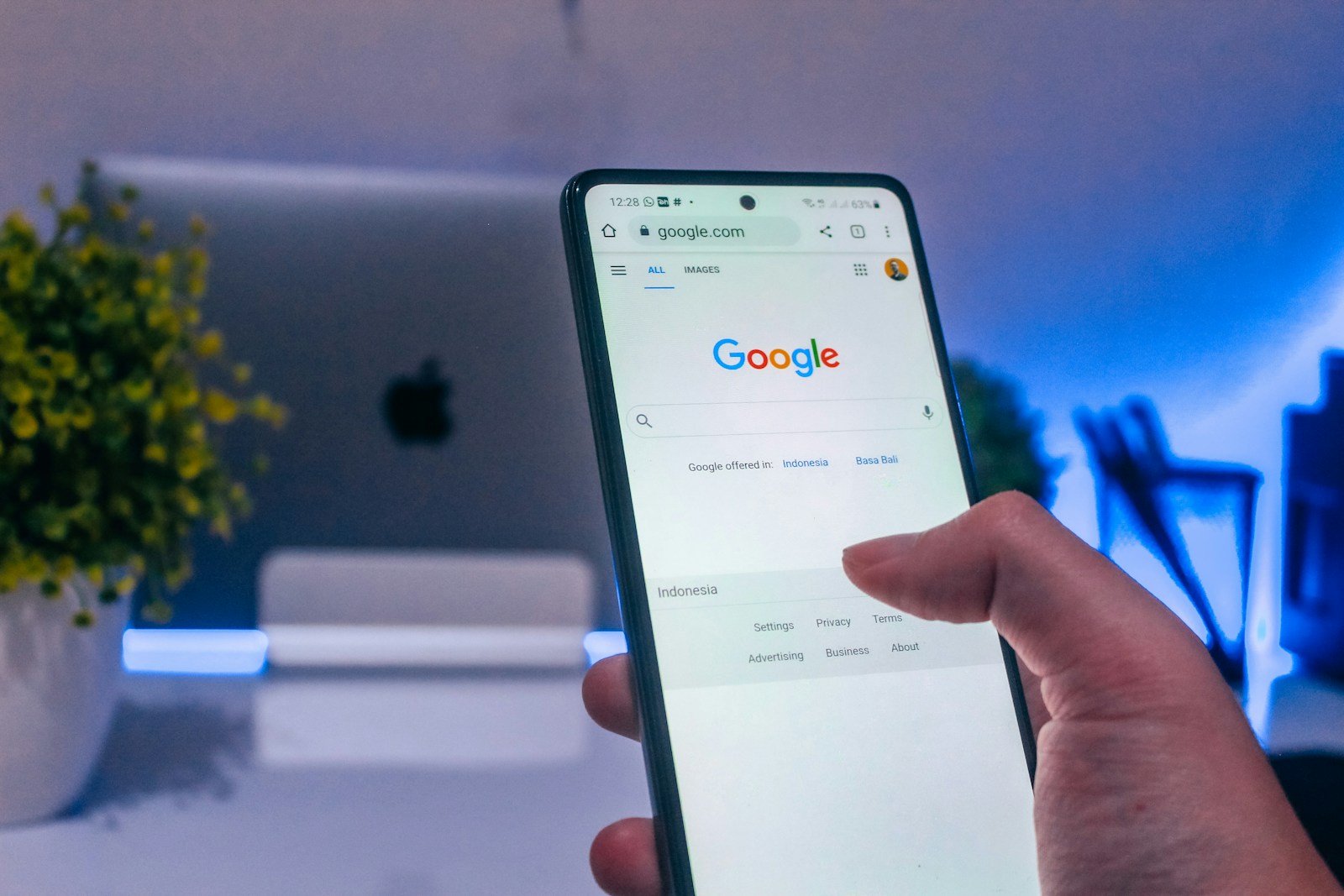Imagine you walk into a store. The door is sticky and hard to open. The aisles are messy, and you can’t find what you need. When you finally get to the counter, the cashier is very slow. You would probably not enjoy your visit. You might leave without buying anything and not come back.
A website can feel the same way to a visitor. If it is slow, messy, or hard to use, people will leave. Google knows this. That is why they created a set of rules to measure how good a website feels to use. These rules are called Core Web Vitals.
Since they were introduced, these rules have become very important for page experience. For a business owner, understanding Core Web Vitals is like knowing the secret recipe for a welcoming store. It helps you make a website that visitors and Google will love.
At Mavit Digital, we help businesses understand these technical rules in simple ways. We make sure their website is not just full of good information, but also a pleasure to visit. Let’s break down what these vitals mean in 2026.
Also Read: SEO Agencies in Canada: What to Look for When Hiring
What Are Core Web Vitals? The Health Check for Your Website
Think of Core Web Vitals as a doctor’s check-up for your website. The doctor measures your height, weight, and blood pressure to see if you are healthy. Google measures three main things to see if your website is healthy.
These three measurements are all about speed and responsiveness. They answer simple questions:
- How fast does the content load?
- Does the page jump around while it’s loading?
- How quickly does the page respond when I click something?
A website with good Core Web Vitals scores is like a well-organized store with a friendly, fast cashier. It makes people happy. Google wants to send people to happy-making websites, so they use these scores in their ranking system.
Also Read: The Benefits of Hiring a Local SEO Agency
The Three Main Measurements: LCP, CLS, and INP
Originally, the three Core Web Vitals were LCP, CLS, and FID. But in 2024, a big change happened. Google replaced FID with a new, better measurement called INP. This is the most important update to understand for 2026.
1. LCP (Largest Contentful Paint) – “How fast does the main content appear?”
This measures how long it takes for the largest thing on the screen to load. This could be a big image, a video, or a large block of text.
A good LCP score means the main part of your page loads very quickly. Visitors don’t have to stare at a blank screen. They can start reading or looking right away. It is like a store clerk immediately saying, “Hello, how can I help you?” when you walk in.
2. CLS (Cumulative Layout Shift) – “Does the page jump around?”
Have you ever tried to click a button on a website, but then an image loads suddenly, and the button moves? Your finger clicks the wrong thing! That is a layout shift. It is very annoying.
CLS measures how much the page content moves around while it is loading. A good CLS score means the page is stable. Nothing jumps around. This makes the page experience much smoother and less frustrating.
3. INP (Interaction to Next Paint) – “How fast does the website respond to me?”
This is the new vital that replaced FID. It is all about responsiveness. INP measures how long it takes for your website to respond after a user interacts with it. An interaction could be clicking a button, tapping a menu, or typing in a search box.
A good INP score means that when you click something, something happens almost instantly. The website feels snappy and quick. A bad INP score means there is a delay. You click and nothing happens, so you click again. This feels broken and slow.
INP is so important because it measures how your website feels when people are using it. It is the difference between a cashier who rings up your items quickly and one who is very slow and makes mistakes.
Also Read: How Canadian Businesses Can Benefit from SEO Services
Why Are Core Web Vitals So Important in 2026?
You might think, “My website looks fine, why does this matter?” These vitals matter for two big reasons.
1. They Create a Good Page Experience.
People are busy. They have no patience for a slow or broken website. If your site has a bad page experience, they will leave and go to a competitor’s site that works better. You will lose customers without even knowing it. Good Core Web Vitals keep people on your site and make them more likely to buy or contact you.
2. They Help Your Google Ranking.
Google has said clearly that Core Web Vitals are a ranking factor. This means that websites with good scores are more likely to appear higher in search results. Websites with poor scores may be ranked lower. So, working on your vitals is not just about making visitors happy; it is also about getting more visitors from Google in the first place.
Also Read: SEO Services vs. Paid Ads: Which Is More Effective?
Simple Steps to Improve Your Core Web Vitals
You do not need to be a computer expert to start improving. Here are a few simple things you can check.
- Use High-Quality Images, But Not Too Big: Large, high-resolution images are often the cause of slow LCP. You can use free tools online to “compress” your images. This makes the file size smaller without hurting the quality too much.
- Give Your Images and Videos a Size: When you add an image to your website, always include its width and height in the code. This simple trick tells the browser how much space to save for the image, which stops the page from jumping around later (this helps CLS).
- Keep It Simple: The more complex animations and fancy code you have on a page, the slower it can become. Sometimes, a simpler design is a faster design.
How Mavit Digital Can Help You Master Core Web Vitals
At Mavit Digital, we know that phrases like INP and CLS can sound confusing. Most business owners don’t have time to learn this technical stuff. That is our job.
We can help you with:
- Website Health Check: We use special tools to measure your Core Web Vitals and create a simple report you can understand.
- Fixing Problems: Our team of experts knows how to find the cause of a slow LCP or a bad INP score and how to fix it.
- Ongoing Monitoring: We can keep an eye on your vitals over time to make sure your website stays fast and healthy as you add new content.
- Building Right from the Start: If you are building a new website, we can build it with Core Web Vitals in mind from the very beginning. This is easier than fixing problems later.
We believe that a successful website needs two things: great content and great speed. You wouldn’t sell food in a dirty kitchen. You shouldn’t offer great information on a slow, broken website.
Understanding Core Web Vitals is the key to building a website that wins in 2026. It is about respecting your visitors’ time and providing a page experience that makes them want to stay. Let Mavit Digital handle the technical details, so you can focus on running your business.



